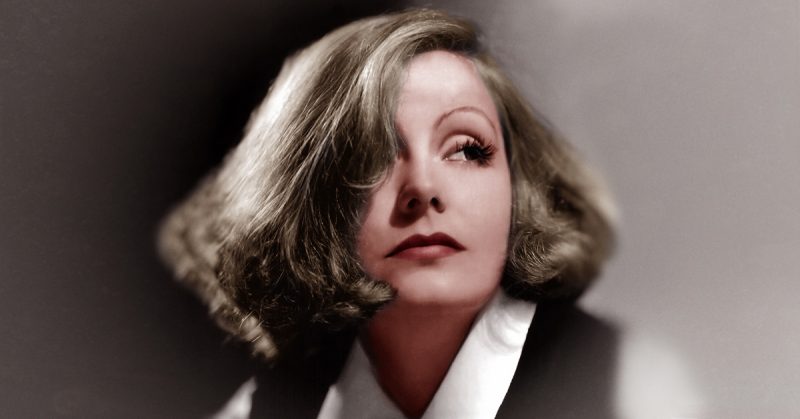Greta Garbo is the demure and elusive icon of Hollywood’s Golden Age. In her most iconic roles, she played tragedy and melancholy to perfection.
Her portrayals of strong-willed heroines earned her three Oscar nominations and she was awarded an Honorary Oscar in 1954 for her significant achievements on the silver screen.
Garbo is as misunderstood as she is beloved, even her famous line “I want to be alone” is misquoted, as the actress told Life magazine in 1955, “I only said, ‘I want to be let alone! There is all the difference.”
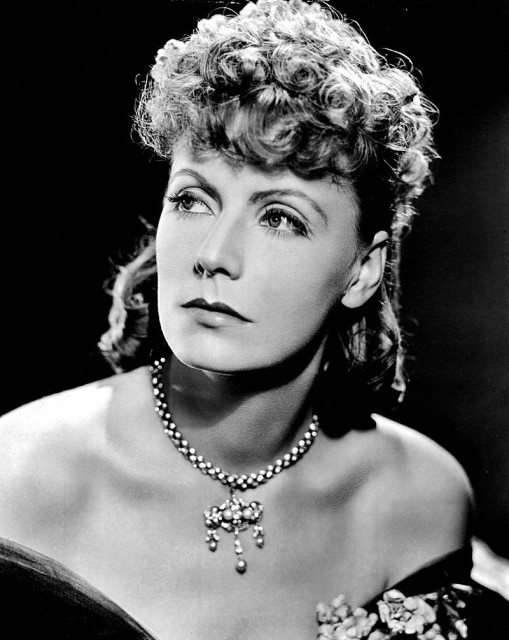
Born Greta Lovisa Gustafsson on September 18, 1905, she grew up in poverty in a grey and difficult Stockholm. Of her childhood home she said, “Where we lived, all the houses and apartments looked alike, their ugliness matched by everything surrounding us.”
Even as a child Garbo was enamored with the theatre, an escape from the mundanity of her surroundings, and was cast in her first film in 1924.
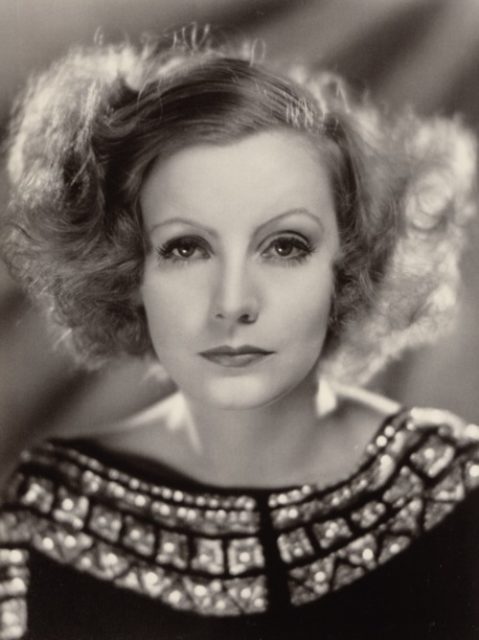
That very same year, Garbo was spotted by Lewis B. Mayer in the film The Saga of Gosta Berling.
Mayer was immediately taken with her onscreen presence and the luminosity of her eyes, a perfect siren for the silent-screen.
At the age of 20, Garbo arrived in the U.S. to start her Hollywood career; she underwent surgery to straighten her hairline and teeth, had her eyebrows plucked and was told to lose 30 pounds.
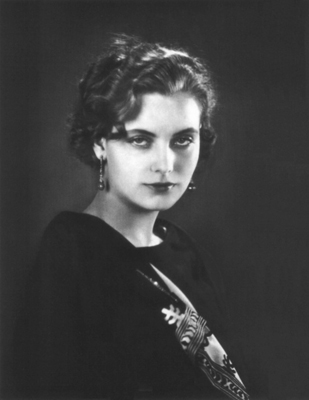
Her main co-star during those formative years was John Gilbert, and their on-screen chemistry sparked rumors that elevated both of their careers to the heady heights of stardom.
At one time, John Gilbert was the most beloved leading man in Hollywood. His films regularly grossed over $700,000 (around $10 million in 2018), and he is generally credited with teaching Garbo the acting skills that would become a part of her iconic repertoire.
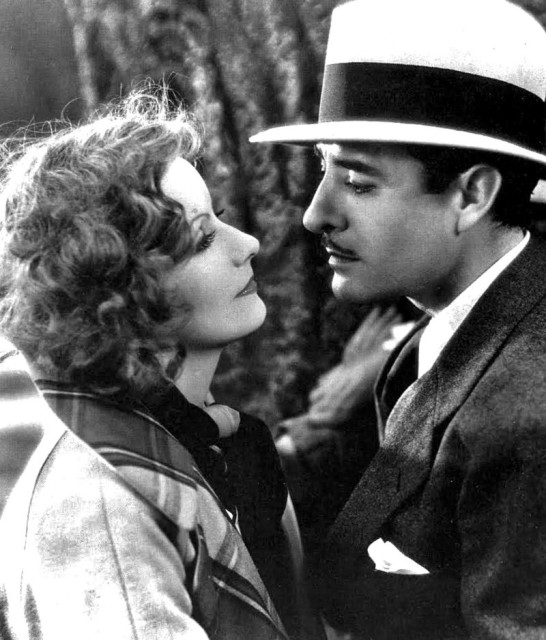
Legend has it that for John Gilbert it was love at first sight and within three weeks of meeting Garbo, he had proposed marriage multiple times.
Gilbert got as far as setting a date and was devastated when, on the day they were to wed, Garbo didn’t show up.
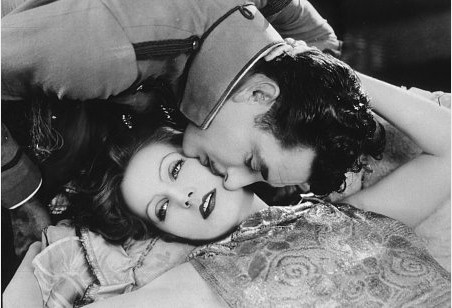
This episode seems to coincide with a decline in Gilbert’s stardom, and he would soon be just a memory of the silent screen.
Garbo, on the other hand, continued her meteoric rise. She admitted later in life that Gilbert was the great love of her life and she owed much of her success to his watchful eye. She could not, however, bear the thought of being married to anyone; of the incident Garbo reflected, “I was afraid he would tell me what to do and boss me. I always wanted to be the boss.”
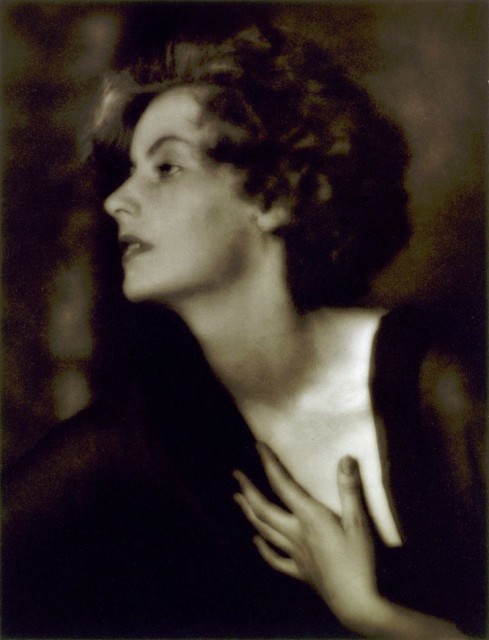
From this point onwards, Garbo became a lifelong bachelorette and cultivated the air of mystery which became part of her enduring allure.
Gilbert was undoubtedly a great love in Garbo’s life, but as we know from the lengthy correspondences that became public in the years after her death, he was not the only one.
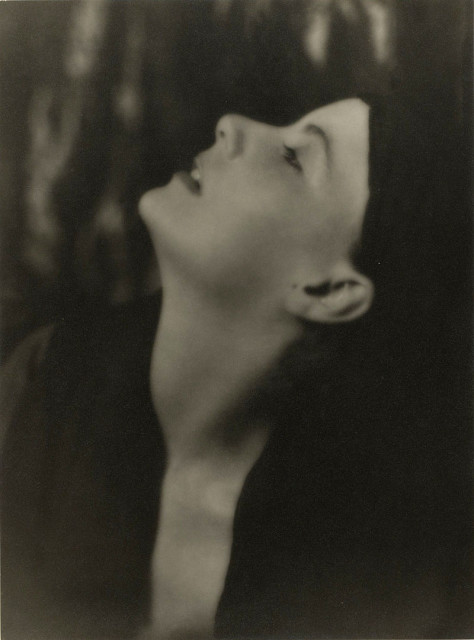
Starting in 1924, Garbo maintained a sixty-year-long letter exchange with her drama school sweetheart, Swedish actress Mimi Pollack.
In her first letter to Pollack, Garbo describes how “The letter from you has aroused a storm of longing within me.” Garbo – whose stage name was said to have been invented by Pollak – describes herself as ‘slow, tired, boring’ when far from her girlfriend.
In another letter from 1928, Garbo writes “I dream of seeing you and discovering whether you still care as much about your old bachelor. I love you, little Mimosa.” Two years later, when Pollak made the surprising announcement that she was pregnant, Garbo writes: ‘We cannot help our nature, as God has created it. But I have always thought you and I belonged together.’
Later, in reference to the birth of Pollak’s son, Garbo writes: ‘Incredibly proud to be a father.’ The letters get increasingly intimate as time goes on.
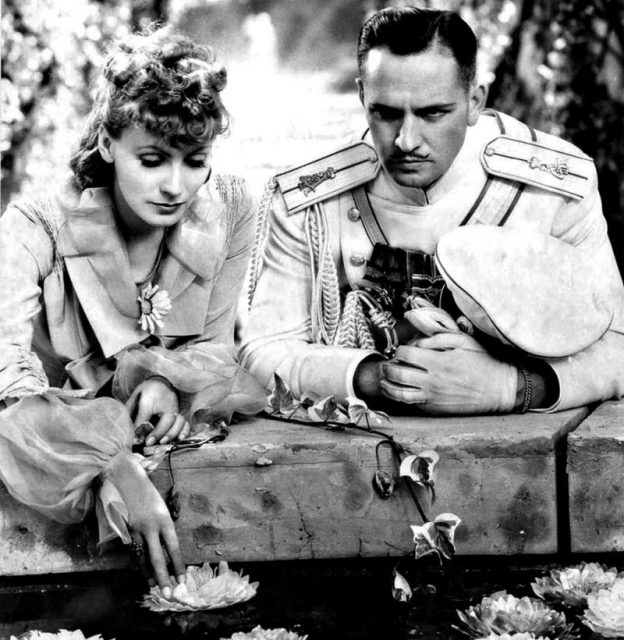
There had been rumors about Garbo’s sexuality for years, including a particularly scintillating one about an alleged affair with Marlene Dietrich. The writer Mercedes da Costa also claimed to having a lesbian affair with Garbo.
For golden era Hollywood however, keeping up appearances was integral to keeping the cash rolling in; studios were adept at cover-ups, and its stars were contractually obliged to maintain a particular image. Which meant that if Garbo did indeed have inclinations towards other women, it had to be kept under strict lock and key.
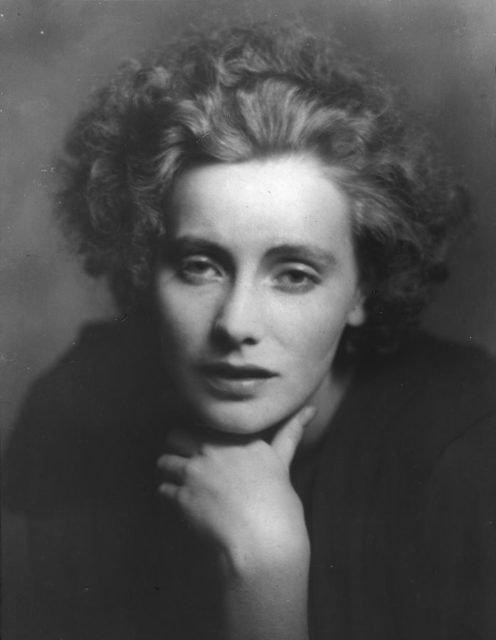
Garbo was not ashamed of her sexuality but knew better than to risk the wrath of studio executives and the strong opinions of members of the public.
It is likely that Garbo’s isolation had as much to do with her dislike for publicity as it did with her longing and heartbreak for the long-lost love of Mimi Pollack that was not able to be spoken, or consummated.
Read another story from us: The Seductive Aura of Marlene Dietrich – Golden Age Pioneer of Androgyny
There were rumors and whispers during Garbo’s life, but if there was ever any doubt about her sexuality after her death, these letters show that, even during the throes of her relationship with John Gilbert, how deeply she loved and pined for her drama school sweetheart.
